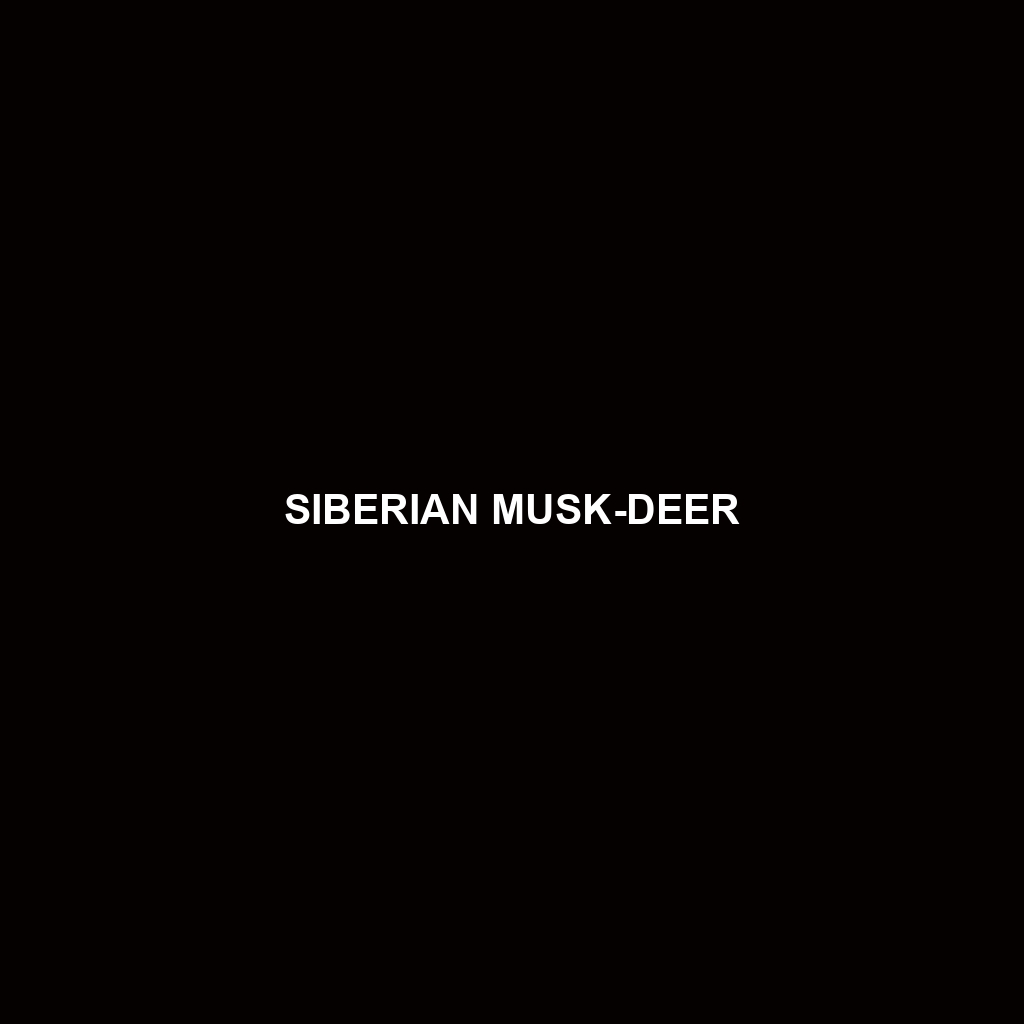Himalayan Musk-deer: An Overview
Common Name: Himalayan Musk-deer
Scientific Name: Moschus chrysogaster
Habitat
The Himalayan Musk-deer is primarily found in the high-altitude regions of the Himalayas, particularly in countries such as Nepal, India, Bhutan, and parts of Tibet. This species inhabits mountainous areas at altitudes ranging from 2,000 to 4,500 meters, typically residing in dense forests of coniferous and broadleaf trees, as well as in alpine meadows. The cool, temperate climate of these regions, combined with abundant undergrowth, provides an ideal habitat for the Himalayan Musk-deer.
Physical Characteristics
Himalayan Musk-deer are known for their unique physical appearance. They are medium-sized deer, weighing between 20 to 30 kg and standing about 60 to 80 cm tall at the shoulder. Their coat is thick and shaggy, typically brownish-gray in color, which helps them blend into their rocky surroundings. One distinctive feature is the presence of large, elongated canine teeth in males, which protrude from their mouths, resembling tusks. These characteristics, along with their stocky build and short legs, make the Himalayan Musk-deer easily identifiable.
Behavior
The Himalayan Musk-deer is primarily solitary, preferring to spend time alone or in small family groups. They are most active during dawn and dusk, a behavior known as crepuscular activity, which helps them avoid predators. They are agile climbers and often navigate steep terrains with ease. During the mating season, males will engage in vocalizations and mark their territories using scent to attract females. This behavior is particularly notable during the breeding season, which occurs from late autumn to early winter.
Diet
The diet of the Himalayan Musk-deer mainly consists of foliage, leaves, and herbs, reflecting their herbivorous feeding habits. They also consume grasses and a variety of shrubs found within their mountainous habitat. The seasonal availability of food sources influences their grazing patterns, and they are known to selectively feed on certain plants, which can provide insights into their ecological impact.
Reproduction
Himalayan Musk-deers typically breed between November and December, with a gestation period that lasts about 7 to 8 months. Females usually give birth to a single fawn, which remains hidden among the underbrush for protection from predators during its early weeks of life. Maternal care is strong in this species, and the young fawns are nursed for several months before they begin to forage on their own.
Conservation Status
Currently, the Himalayan Musk-deer is classified as vulnerable by the International Union for Conservation of Nature (IUCN). Threats such as habitat loss due to deforestation, poaching for their musk glands—which are highly valued in traditional medicine and perfumes—have significantly impacted their populations. Conservation efforts are crucial to ensure their survival in the wild.
Interesting Facts
One fascinating fact about the Himalayan Musk-deer is that, unlike most deer species, they lack antlers. Instead, males possess tusk-like teeth that they use during mating season to establish dominance among rivals. Additionally, musk produced by males is utilized in traditional medicine, which has unfortunately led to their illegal hunting.
Role in Ecosystem
The Himalayan Musk-deer plays a vital role in its ecosystem by contributing to seed dispersal through its herbivorous feeding habits. By consuming various plants and shrubs, they help maintain the plant biodiversity in their habitat, which supports a myriad of other species. Furthermore, they serve as prey for larger predators such as snow leopards, illustrating their integral position in the food chain.
